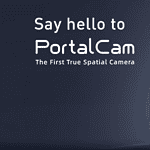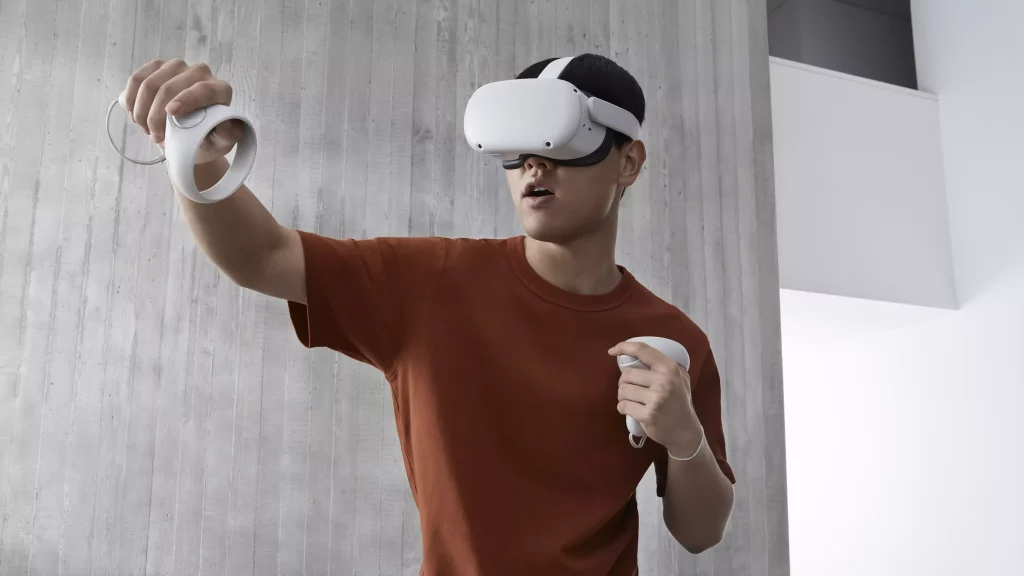

A VR system with 3 DoF usually captures the rotation-based movements of the user's head. This allows you to look around and explore the virtual environment by turning your head left, right, up and down. However, it does not capture your position or movements in physical space. There are also use cases where 3Dof is the smarter option.
A VR system with 6 DoF captures both the rotation-based movements of your head and your physical position in space. This allows you to not only rotate your head, but also move within the virtual environment by walking, ducking, or leaning in different directions. This allows for a more immersive experience, as it gives a greater sense of presence in the virtual world.

Are you interested in developing a virtual reality or 360° application? You may still have questions about budget and implementation. Feel free to contact me.
I am looking forward to you
Clarence Dadson CEO Design4real







A VR system with 3 DoF captures rotation-based movements of the head, such as turning left, right, up and down. 6 DoF, on the other hand, captures both these rotations and the physical position in space, which enables movements such as walking or crouching.
A 3 DoF VR system is sufficient if the VR experience is static or seated and users mainly observe content without the need for physical movement. It is suitable for 360-degree videos, virtual tours or simulations that do not require extensive user interaction.
A 6 DoF VR system enables an interactive VR experience where users can freely explore and navigate the virtual environment. It is ideal for presentations that require physical interaction, such as picking up objects or moving around the room, and offers a more immersive experience.
The Pico G2 and its successor, the Pico G3, are popular for 3 DoF content. The Oculus Go is also sometimes still used, although this system is outdated.
Popular goggles for 6 DoF content are the Pico 4, Meta Quest 2 or Pro as well as the HTC Vive goggles. These usually also offer 6 DoF controllers for both hands.
3 DoF systems are generally cheaper than 6 DoF systems. If cost is an important factor, a 3 DoF system may be the better choice as it costs around €300.
3 DoF VR glasses usually use a 3 DoF controller that works like a laser pointer. It allows you to highlight something and select it by clicking on it.
6 DoF is particularly important in scenarios that require realistic movement and spatial awareness, such as real-time architectural tours, training simulations or gaming experiences that require precise motion tracking.